Personal Protective Equipment
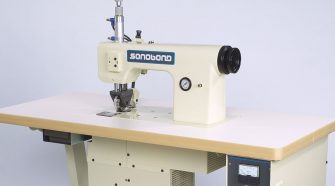
Sonobond Ultrasonics’ machinery assembles leak-proof PPE, facemasks, and other medical textiles
During the current COVID-19 pandemic, when greater supplies of personal protective equipment are critically needed by hospital staff, first responders, and other healthcare providers, Sonobond Ultrasonics’ textile assembly machines help …
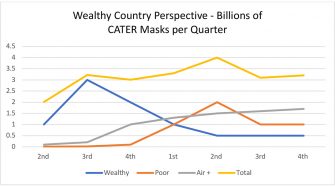
Millions of lives can be saved with an efficient mask program
Three billion people are wearing masks every day to reduce the spread of the SARS-Cov-2 virus. No mitigation option compares to providing them with tight fitting and efficient protection. When …
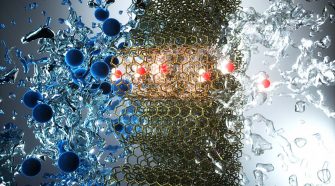
Filtration innovations in 2020
Facemask materials, surface treatments, intelligent sensors & carbon nanotubes That the COVID-19 pandemic has been a driver for filtration industry innovation is beyond dispute, and one of the commercial inventions …
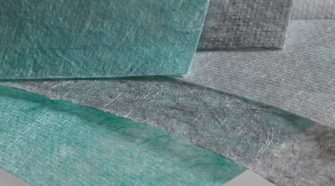
Why is meltblown the material of choice for PPE and facemasks?
Meltblown has risen from a commodity nonwoven material for select applications to front-and-center in the response to the COVID-19 pandemic. Meltblown is created via an integrated extrusion process. It utilizes …
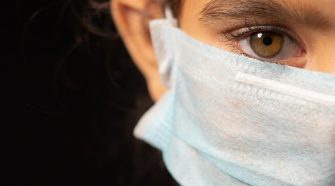
Testing the limits of facemask filtration
As the COVID-19 pandemic began to spread worldwide in the early part of this year, one of the first things to become clear was the supply of personal protective equipment …

